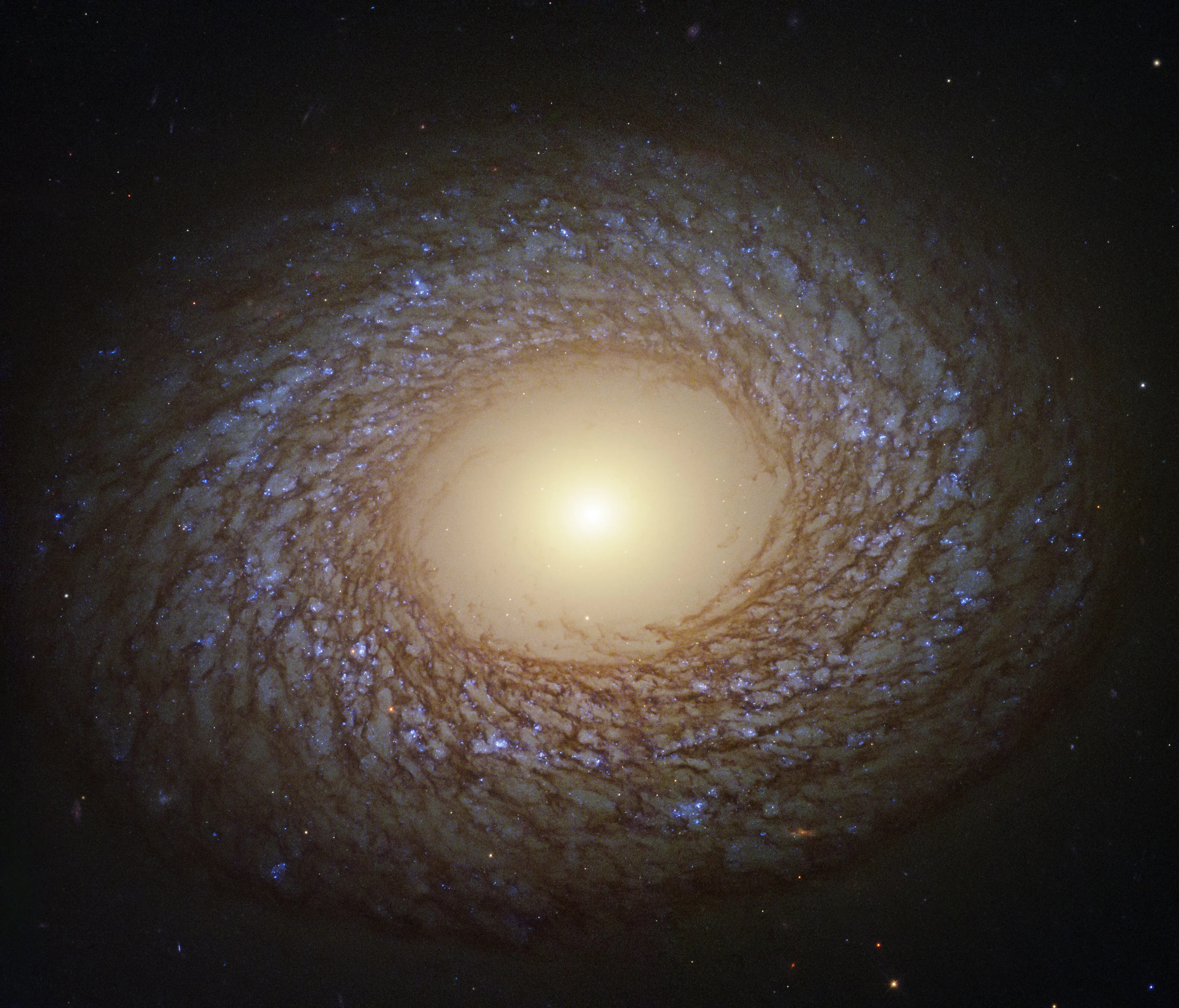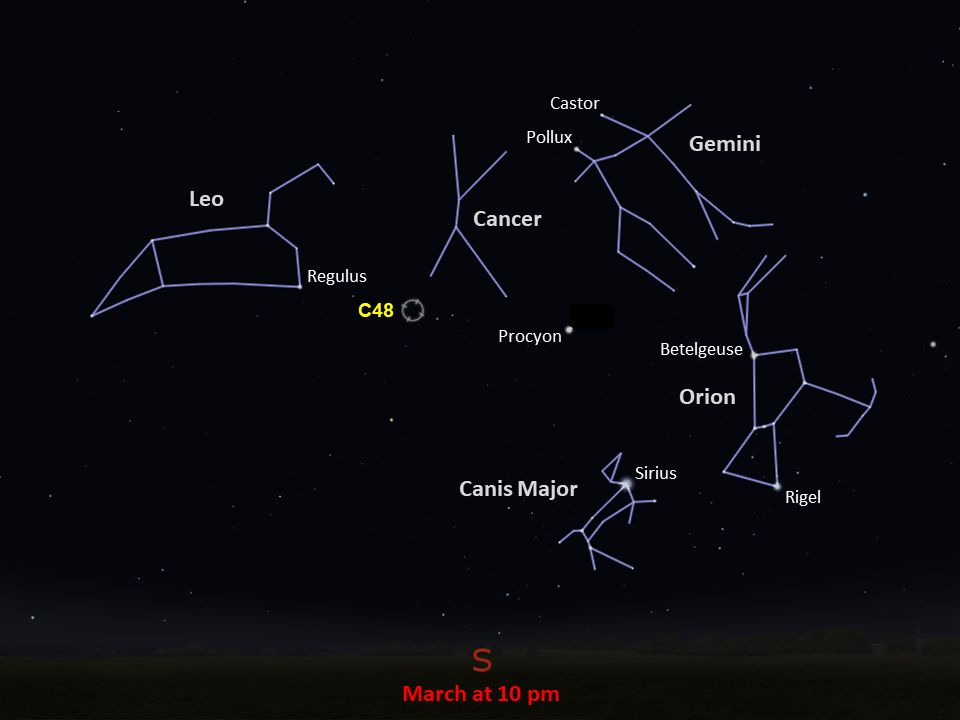NGC 2775 is a spiral galaxy located approximately 55 million light-years away from Earth in the constellation Virgo. It was discovered by William Herschel on December 5, 1783. In observational classifications, NGC 2775 is defined as a SA(r)ab-type spiral galaxy, particularly noted for its well-defined ring structure, prominent central bulge, and loosely wound morphological structure. This galaxy is considered one of the exemplary systems in studies concerning galactic morphology and evolution.

NGC 2775 Galaxy (NASA)
General Characteristics and Morphological Structure
The galaxy belongs to the unbarred spiral class and features an inner ring structure. This ring structure is characterized by spiral arms emanating from the center and organized around a ring. NGC 2775 possesses a distinct and large central bulge. This bulge is generally composed of old and reddish stars, representing a region where star formation has largely ceased. The inner structure of the galaxy includes a compact, high stellar density center, similar to early-type spiral galaxies.
The outer spiral arms are more loosely and irregularly distributed. Limited levels of star formation activity have been observed in these arms. While regions of active star formation containing numerous young star clusters are not common, a relatively small number of H II regions have been identified in the galaxy's outer regions. This indicates a low overall star formation rate within the galaxy.
Interstellar Medium and Dynamic Structure
Compared to other spiral galaxies, NGC 2775 has a relatively low amount of molecular and neutral hydrogen gas in its interstellar medium. This contributes to the galaxy’s low rate of star formation. Radio observations have shown that the HI content of the galaxy is distributed with low density and is especially limited to the outer rings.
In addition, the galaxy contains a significant amount of dust, which is particularly visible along the spiral arms in streaks. Observations in the optical band have revealed that these dust lanes are irregularly spread across the galaxy disk.
The rotation curves and kinematic maps of NGC 2775 indicate that the galaxy has a well-defined disk structure and smooth rotational motion. As the galaxy lacks a bar structure, the velocity distribution of the stars is quite regular due to the mass concentration in the center. Observational data show that the rotation curve flattens in the outer edges of the galaxy, suggesting a possible association with the presence of a dark matter halo.
Galactic Environment and Interaction Status
Although NGC 2775 is classified as an isolated galaxy, it is surrounded by some small dwarf galaxies and relatively nearby massive systems. However, current observations indicate that this galaxy has not undergone a significant galactic collision or merger in recent times. Nonetheless, the asymmetric distribution in the outer disk structure has led to claims that it may bear traces of past interactions.

Location of NGC 2775 Galaxy (NASA)
Evolutionary Process and Significance
NGC 2775 serves as an important example in the context of the evolution of early-type spiral galaxies. Its large central bulge, low star formation rate, and regular rotation structure provide insights into the passive evolution process of spiral galaxies. The absence of a bar structure limits gas transfer toward the central regions, which in turn restricts central star formation activity within the galaxy.
NGC 2775 is one of the prominent unbarred spiral galaxies with its morphological characteristics, low star formation rate, and regular kinematic structure. The study of this galaxy offers critical data for research on star formation, galactic disk dynamics, and galaxy evolution. In particular, its large central bulge and low gas content play a key role in understanding the evolutionary processes of such systems.


